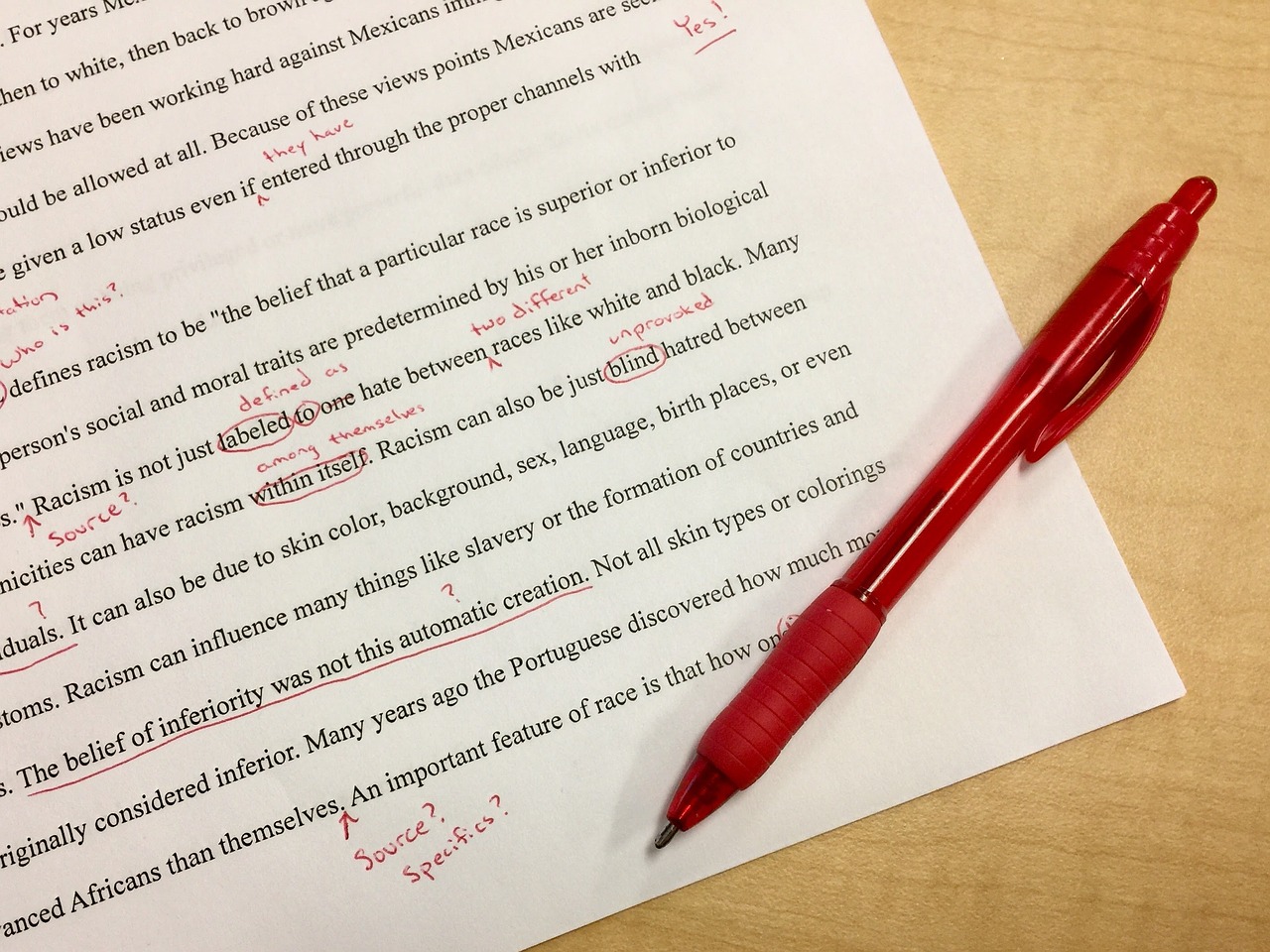

Your curriculum vitae (CV) is your personal marketing tool, presenting a snapshot of your professional journey to potential employers. However, even the most impressive qualifications and experiences can be overshadowed by language errors. To ensure your CV stands out for all the right reasons, mastering the art of editing for language errors is essential. In this guide, we’ll explore effective ways to polish your CV copy, leaving a lasting impression on recruiters.
- Proofread with Fresh Eyes:
Before diving into the specific language errors, start with a comprehensive proofreading session. Allow some time to pass after writing your CV before reviewing it. This will help you approach the document with fresh eyes, making it easier to spot errors you might have missed during the initial writing process.
- Grammar and Syntax:
Grammatical errors can undermine the professionalism of your CV. Pay attention to subject-verb agreement, sentence structure, and punctuation. Consider using online grammar-check tools like Grammarly or enlist the help of a friend or colleague for a fresh perspective.
- Consistent Verb Tenses:
Maintain consistency in verb tenses throughout your CV. If you’re describing a past role, use past tense, and for current roles, stick to present tense. This consistency enhances the readability and cohesiveness of your document.
- Avoid Jargon and Acronyms:
While industry-specific terminology may be familiar to you, keep in mind that recruiters from various backgrounds may review your CV. Aim for clarity by avoiding excessive jargon and acronyms. Spell out abbreviations on first use and ensure there is a balance between technical language and plain English.
- Precision and Conciseness:
Recruiters often sift through numerous CVs, so brevity is key. Eliminate unnecessary words and focus on conveying information concisely. Be precise in describing your accomplishments and responsibilities, using action verbs to showcase your skills and contributions.
- Parallel Structure:
Maintain parallel structure in lists and bullet points. This consistency not only makes your CV visually appealing but also helps recruiters quickly grasp information. For instance, if you start one bullet point with a verb, ensure that all subsequent points follow the same pattern.
- Professional Tone:
Ensure your CV maintains a professional and formal tone. Avoid slang, overly casual language, or excessive use of personal pronouns. Your CV is a professional document, and its tone should reflect your seriousness and commitment to your career.
- Get Feedback:
Seek feedback from trusted colleagues, mentors, or career advisors. They can provide valuable insights into areas that may need improvement and offer suggestions for enhancing the overall quality of your CV.
Presenting a flawless CV is crucial in making a positive first impression on potential employers. By meticulously editing for language errors, you not only showcase your attention to detail but also ensure that your qualifications and experiences shine through. Remember, a well-edited CV is not just a reflection of your professional history but a testament to your commitment to excellence.


Details make the difference!!
For more insight from Tom McManus you can purchase his latest publications here.
